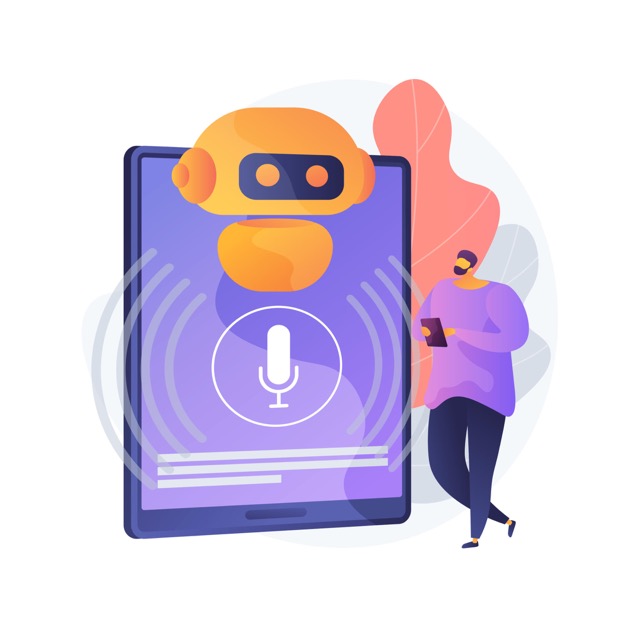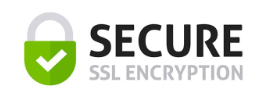Founded in Denmark. We respect your privacy.
Join a worldwide community of language learners
Mastering the Art of Language Nuances: Tips for Understanding Language Subtleties
Mastering a new language is akin to an artist learning to detect the subtle differences in color shade; it's about understanding language subtleties that can define the meaning and emotion behind every sentence. To truly grasp a language, one must dive deep beyond vocabulary and grammar, venturing into the realm where intonation, context, and cultural idiosyncrasies play a critical role.
The Importance of Contextual Learning
To appreciate the intricacies of language, integrating learning into real-world contexts is invaluable. The books and lessons can only go so far; it's when you encounter language in its natural habitat—the bustle of a street market, the quiet tension of an office meeting, or the intimate chatter among friends—that the understanding of language subtleties is honed.
A method to amplify contextual learning is through travel or immersion in the culture that speaks your target language. The immersive experience compels learners to adapt, internalize societal norms, and understand linguistic variations that are often tied to specific locales.
Learning Tools for Enhancing Comprehension
Now, let's turn our attention to how technology has revolutionized language learning. Digital platforms like Talkio provide an innovative space for learners to practice and enhance their speaking skills. They simulate conversations with native speakers, giving learners the opportunity to practice understanding language subtleties in a controlled environment before stepping into the real world.
Moreover, interactive language learning apps and online resources offer a myriad of exercises targeting listening comprehension and pronunciation, which are crucial for picking up on the nuanced aspects of language.
Enhancing Speaking Skills with Deliberate Practice
Understanding language subtleties is not complete without the ability to use them effectively in speech. Deliberate practice is key, which means focusing on specific areas of your language skills and working on them intensely. With Talkio, for example, you're able to rehearse conversations, and get feedback on your usage of language nuances.
Record yourself speaking and listen back to identify areas that need improvement. By doing so regularly, you'll start to notice patterns in your speech that could be standing in the way of sounding like a native. Address these systematically to improve your command over the nuanced aspects of language.
In conclusion, understanding language subtleties is an art form that requires dedication, exposure, and the right tools. From immersing yourself in the cultural context of your target language to leveraging technology like Talkio, every step you take brings you closer to mastering the subtle linguistic differences that make language rich and deeply personal.


